In this article, you will learn about the essential components of solar photovoltaic cells and their role in solar panel technology and their configurations.
Photovoltaic lighting systems are becoming popular in places where it is not possible to provide electricity from the grid.
In the past decades, the cost of providing electricity using solar cells has come down appreciably, because of advancements in semiconductor technology and the mass production of solar cells.
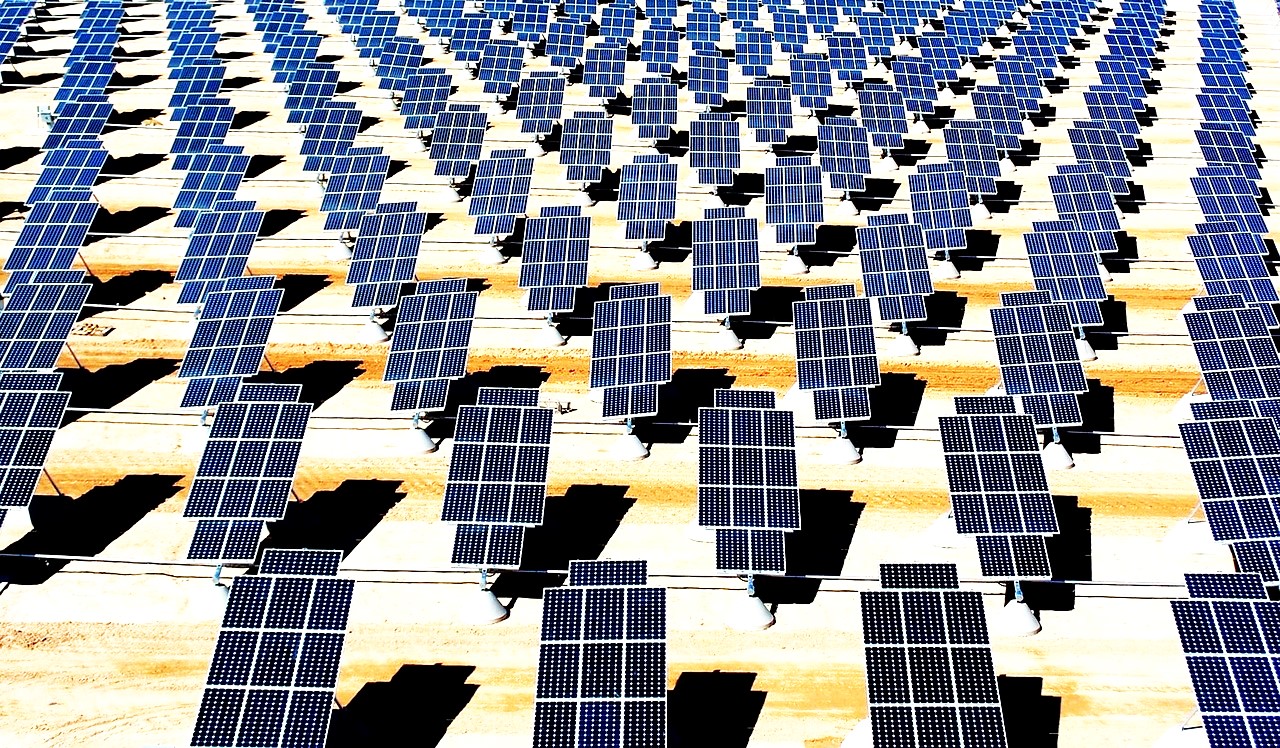
Principle of Photovoltaic Lighting System
Some solid materials which are semi-conductors, generate free electrical charges upon absorption of a photon from sunlight. These charges are collected on electrodes applied to the semiconductor material.
Solar cell materials most commonly used are single-crystal silicon, cadmium sulfide/copper sulfide, and polycrystalline silicon. The maximum conversion efficiency of a single crystal is 25% when operating at room temperature. In order to get the desired voltages or panels.
In solar cells, we can use both direct and diffused radiation, which is one of the good advantages of this system. The solar panels are connected to a battery and supply around 40-60 W/m 2 of the panel area so that the array of panels when connected can meet the demand for lighting, and running home appliances.

Parts of the Solar Panel
Solar Array
The solar array consists of photovoltaic modules mounted on a frame that attaches to the sliding G.I. pipe for changing the lilt of the solar array. These are rated for the current of 10.8 A at 40 V DC. The battery gets charged whenever the sunlight strikes the array.
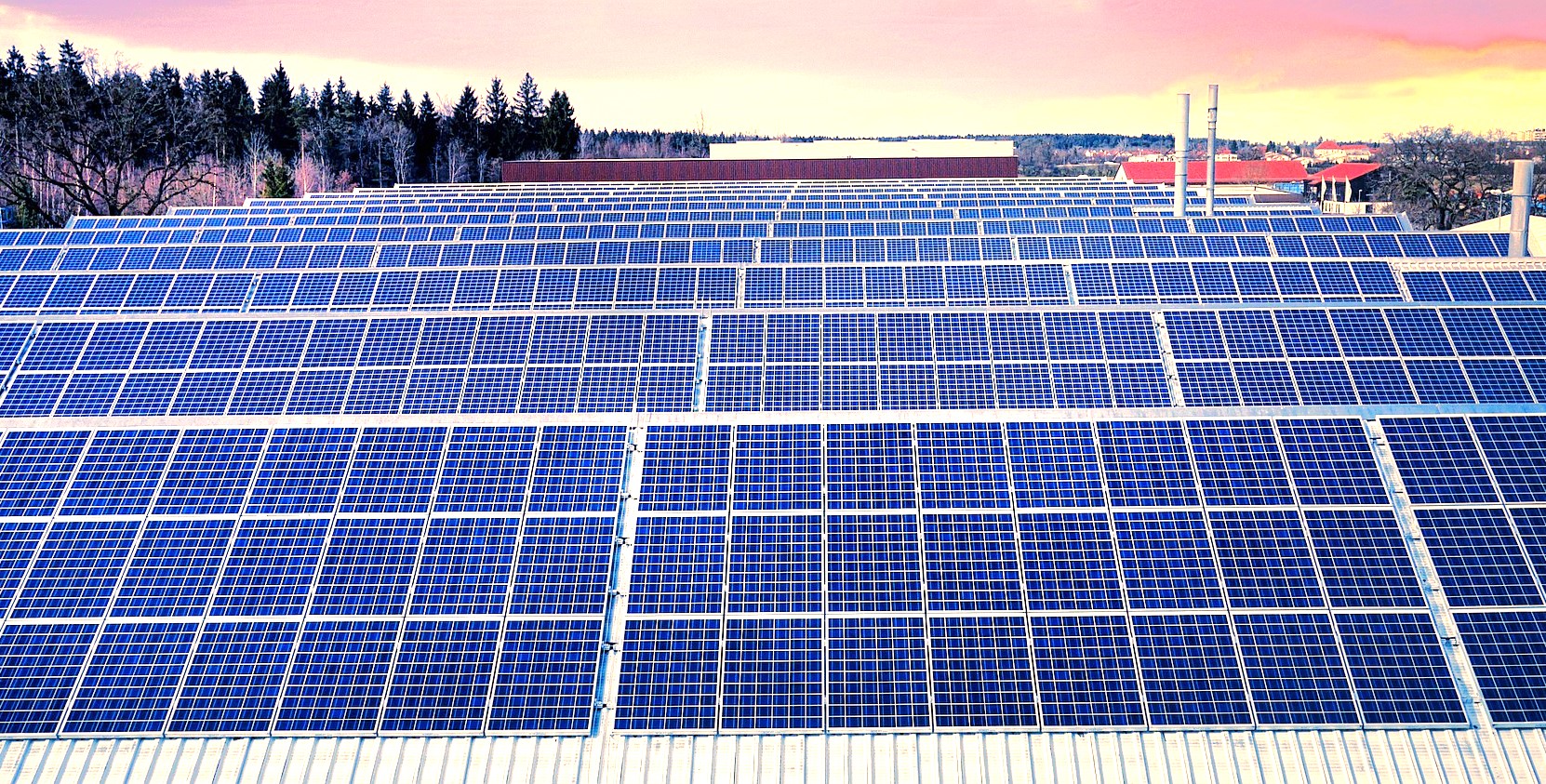
Battery Bank
For community lighting systems, tubular stationery of 24 Volt, 260 AH battery capacity was provided. This is specially selected for repeated deep discharge characteristics. Low self-discharge during non-utilization period, high charge/efficiency, less maintenance.
Electronic Controller
For controlling the battery from the solar panel, this controller was used. Battery deep discharging protection should be provided automatically switched off. The over-charging protection to prevent the battery should be provided at 28 V.
A blocking diode should be provided to prevent the battery from discharging. This unit should also have the protection of reverse polarity, short circuit, and source protection.
It should have connecting points for quick electrical connections from solar photovoltaic panels, tube lights, and batteries. This controller has an indicator for showing the voltage state of the battery.
Inverter
The inverter is used for the conversion of DC into AC. The input voltage of the inverter should be 24 V and the output of the inverter should be high-frequency AC.
The transformer unit in the inverter is of ferrite core. The electrical efficiency of the inverter is 85%. The inverter should also have the protection of reverse polarity, short circuit, and surge protection.
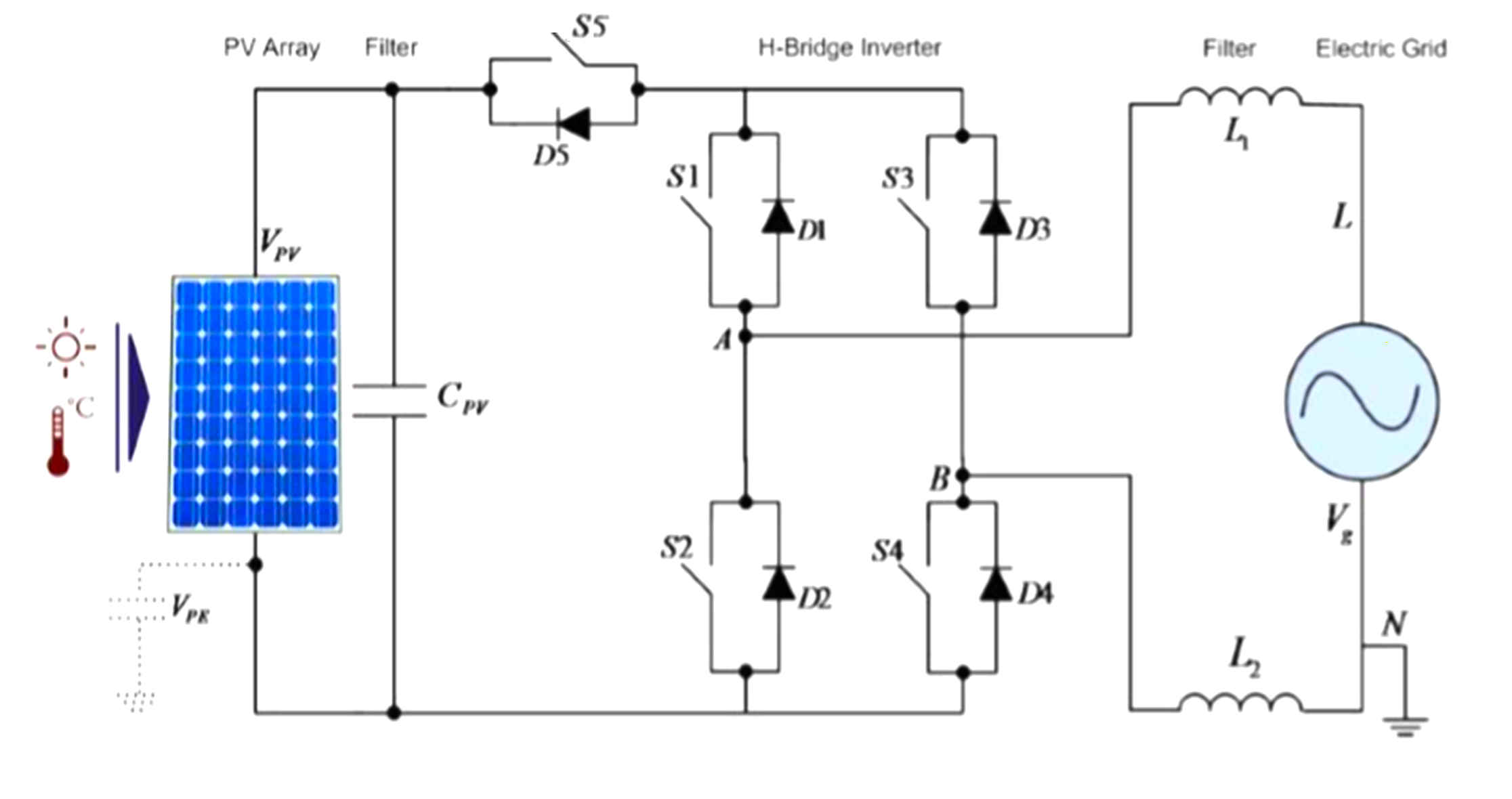
Different configurations of PV power system
Photovoltaic power systems are generally classified according to their functional and operational requirements, their component configurations, and how the equipment is connected to other power sources and electrical loads.
Solar Photovoltaic systems were classified into the following categories depending on the applications.
- Standalone Solar Photovoltaic Systems with storage battery
- Standalone Solar Photovoltaic Systems without storage battery
- Grid Interactive Solar Photovoltaic Systems
- Hybrid Systems
- Building Integrated Solar Photovoltaic Systems
Standalone Solar Photovoltaic Systems with storage battery
A photovoltaic system absorbs solar energy and stores it in battery banks that can be used at night times even when there is no sunlight around. A stand-alone small-scale PV system employs rechargeable batteries.
Rooftop systems are the best-suited example of these systems. In the rooftop system, we are using solar modules that produce electricity and are connected to the battery via a charge controller.
Further, it is connected to the stand-alone inverter to convert direct current to alternating current, making it available to connect to AC loads.
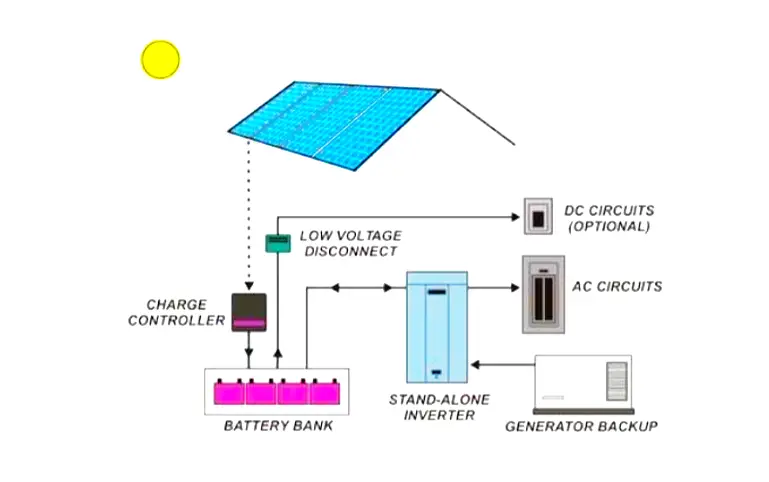
Standalone Solar Photovoltaic Systems without storage battery
These systems are able to be used only during the availability of sunlight. We can’t able to work without sunlight since it does not have any battery backup system. These systems are the least expensive and simplest for the operation.
We can use this for water pumps and water sprinkler applications. This one is for an abbreviated period of time and hence we can achieve the maximum intensity when the sun is at its peak.
Grid Interactive Solar Photovoltaic Systems
A grid-connected photovoltaic system is an electricity-generating system that is connected to the utility grid.
A grid-connected PV system consists of solar panels, one or more inverters, a power conditioning unit, and grid connection equipment. When conditions are right, the grid-connected PV system supplies the excess power, beyond consumption by the connected load to the utility grid.
A grid-connected system is connected to a large public electrical grid and feeds power into the grid. Grid-connected systems vary in size from residential to solar power stations. In the case of residential or building-mounted grid-connected PV systems, the electricity demand of the building is met by the PV system.
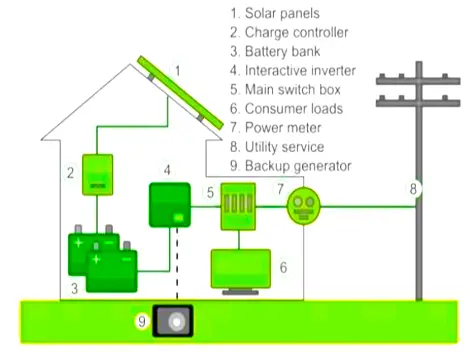
Hybrid Systems
Hybrid energy systems combine two or more forms of energy generation, storage, or end-use technologies, and they can deliver a boatload of benefits compared with individual source systems.
In these cases, hybrid energy systems are an ideal solution since they can offer substantial improvements in performance and cost reduction, and can be tailored to varying end-user requirements. They have the potential to dramatically reduce costs and emissions from energy generation and distribution for households.
The combination of wind and solar has the advantage that the two sources complement each other because the peak operating times for each system occur at various times of the day and year.
The power generation of such a hybrid system is more constant and fluctuates less than each of the two component subsystems. In residential and small commercial places mini solar wind hybrid systems are also used.
Building Integrated Solar Photovoltaic Systems
The building integrated Photovoltaic system consists of integrating photovoltaic modules into the building envelope, such as the roof or the façade.
By simultaneously serving as a building envelope material and power generator, Building an Integrated Photovoltaic system can provide savings in materials and electricity costs, reduce the use of fossil fuels and emission of ozone-depleting gases, and which also add architectural interest to the building.
Solar Photovoltaic Street Lighting System
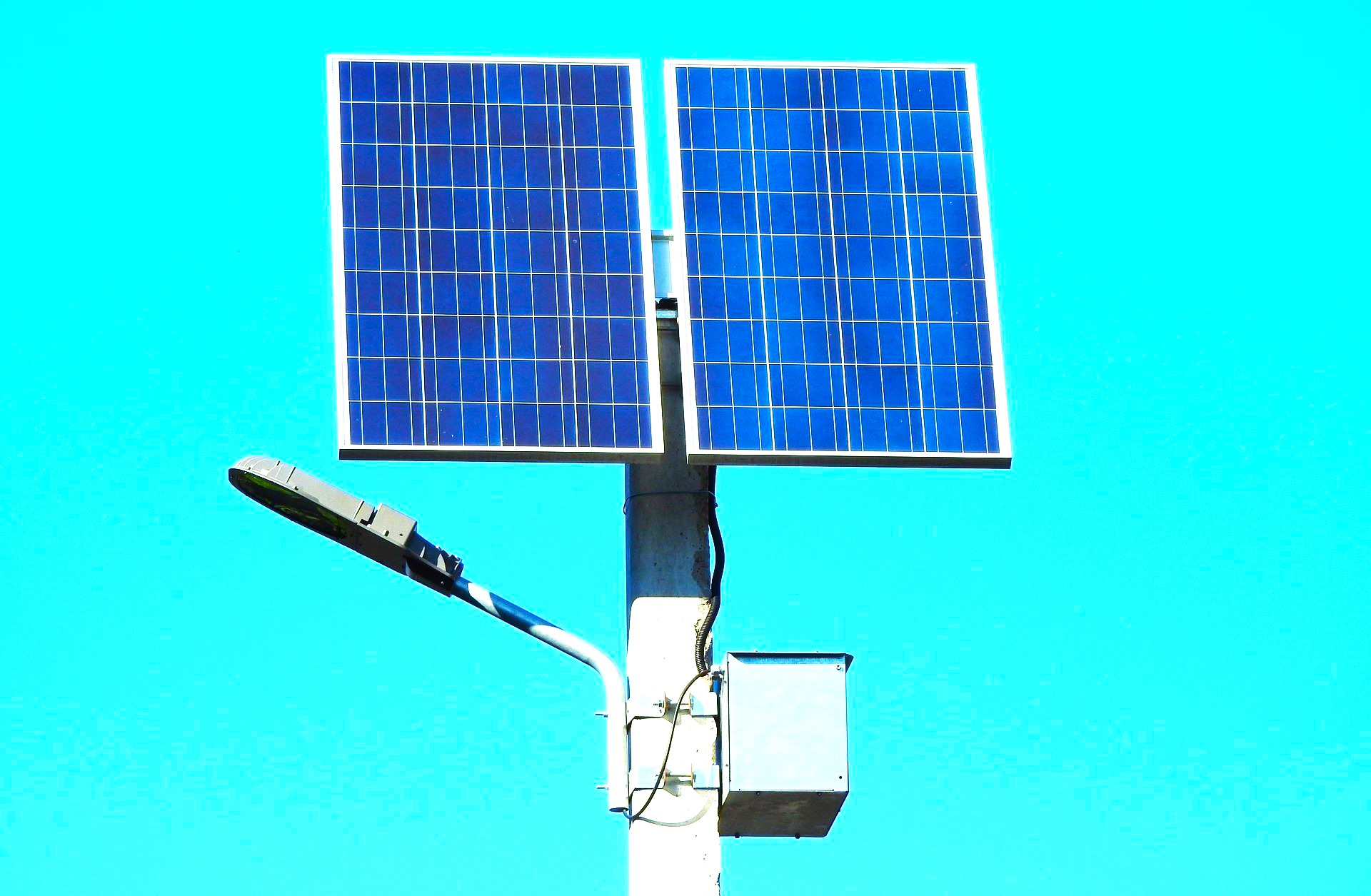
This street lighting system of photovoltaic is a perfect example of a standalone system that can provide electricity for lighting in remote villages that are not electrified.
The sunlight falling on the solar panel is converted into DC electricity by two specially selected and matched Solar Photovoltaic modules on a metal pole structure. The generated electricity charges a storage battery kept in a locked box.
The stored energy operates the streetlight. In this, an electronic timer and sensors were also used with the controller for sensing the ambient light when it is dark and the lighting is required, it will automatically switch on the light.
Based on the setting on the timer, it will automatically switch off the light. This system is self-contained as it has one light, weatherproof enclosure, timer and sensor, and the required interconnecting wires battery box, pole frame structure, and solar photovoltaic modules for operating a light.
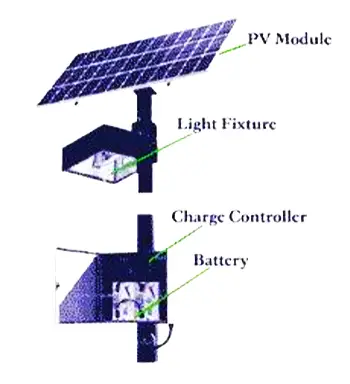
Conclusion
In this, we have discussed about Photovoltaic systems, now this system has become popular in places where it is not possible to provide electricity from the grid. In remote areas, it is much cheaper to provide photovoltaic lighting systems than electricity by conventional means. In order to get the desired voltages and current, we need to connect the solar cells in series or parallel connection, so that we can get the desired output.
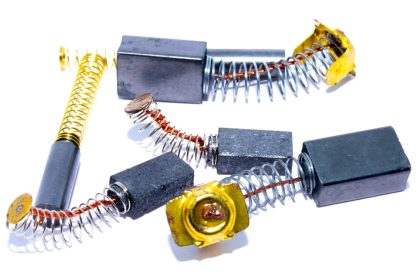
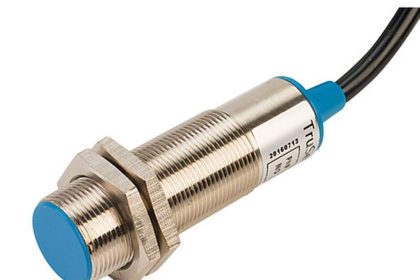

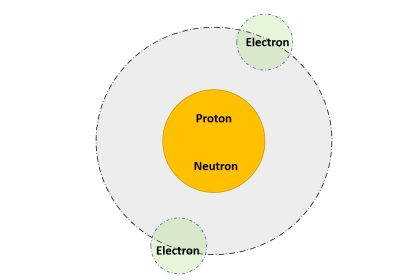
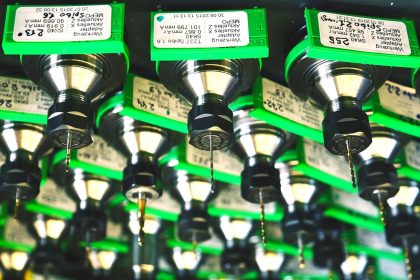
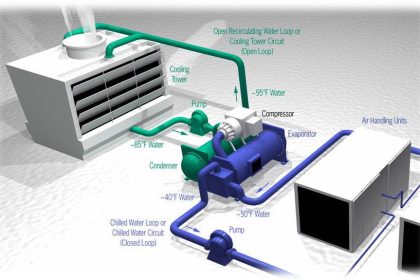

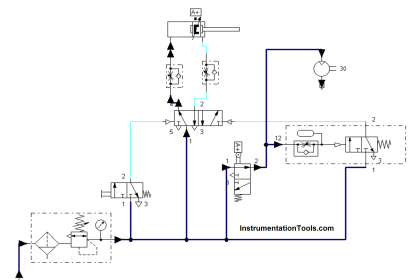

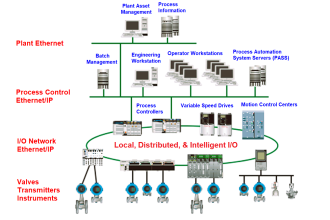
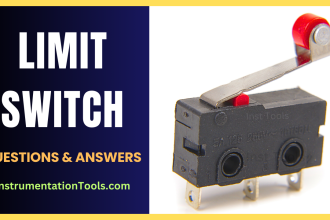
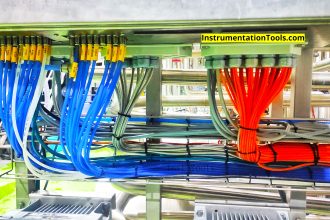
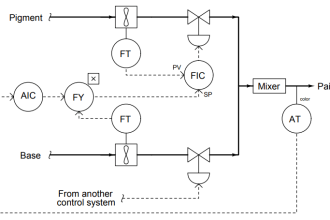




thanks for the opportunity
solar energy engineer